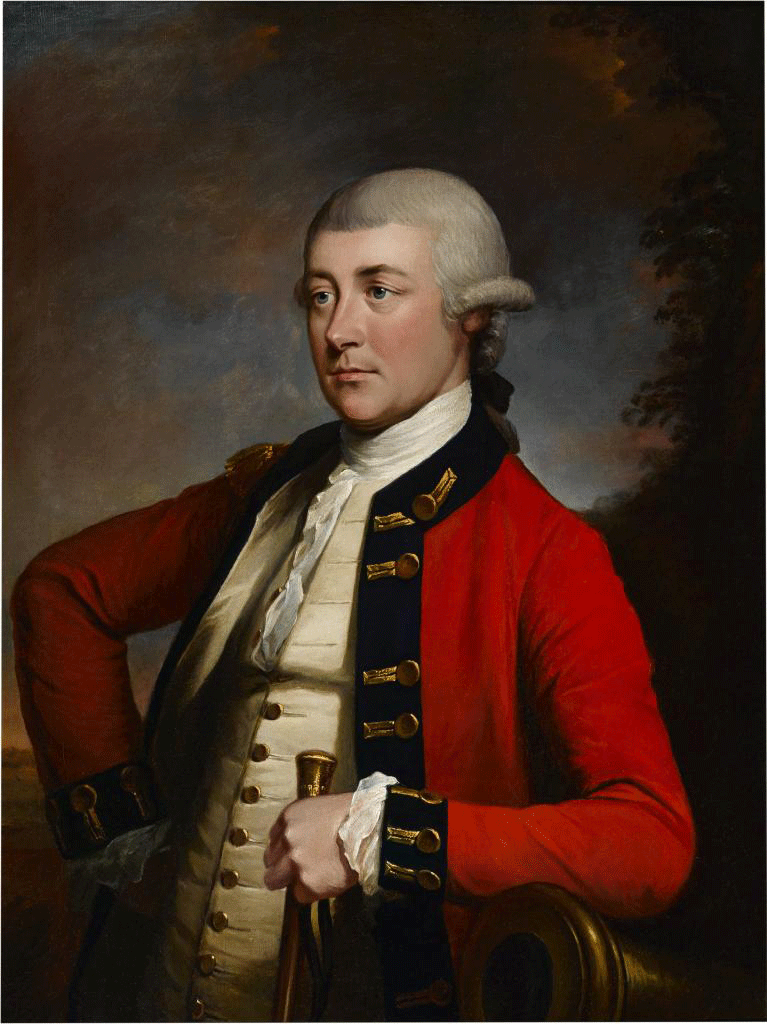A long-lost 1771 portrait of Captain Gabriel Maturin by John Singleton Copley, painted by the artist during his six-month stay in New York four years prior to the American Revolution, will be sold in Bonhams American Art Sale on May 21 in New York.

Captain Gabriel Maturin was Aide de Camp to the Commander in Chief of His Majesty’s Armed Forces in America, Major General Thomas Gage.
Valued at $500,000-700,000, the portrait was recorded in Copley’s 1771 list of New York commissions which is now in the National Archives, London. Long believed to have been lost, the painting was found in the US and identified in 2011 by an expert on military art and artifacts.
Kayla Carlsen, Bonhams Senior Specialist in American Art, reflected on the portrait’s historical context: “Copley’s New York paintings are of special interest because they represent an aspect of American society now largely lost from view, namely the estimated one-third of the American populace that remained loyal to the King. Many of Copley’s portraits from this period were lost in the tumult of the American Revolutionary War, making this discovery all the more extraordinary.”
Captain Gabriel Maturin was Aide de Camp to the Commander in Chief of His Majesty’s Armed Forces in America, Major General Thomas Gage. Captain Maturin was Gage’s closest Aide and effectively his chief of staff, who came from a French Huguenot family by way of Ireland. Military service brought Maturin to New York in 1756, where he settled permanently and married into a New Jersey branch of the Livingston family. He remained in the American colonies for the rest of his life, and played a key role in the developments leading up to the outbreak of the Revolution. Capt. Maturin’s portrait and that of his American-born wife were among Copley’s most important New York commissions, heralding his first foray onto a more cosmopolitan world stage for his art.
Copley’s brief stay in New York was the artist’s only venture outside of Boston prior to his permanent departure in 1774 for Italy, and ultimately London. In 1768 Copley painted a portrait of the New York-based Maj. Gen. Thomas Gage, who had been called to Boston by the Townshend Act crisis. The connections that Copley made among Gen. Gage’s staff led directly to a “List of Subscribers” for portraits from Gage’s immediate circle in New York, ensuring the artist’s trip there would be worthwhile.
 TheBulletin.ca Journal of Downtown Toronto
TheBulletin.ca Journal of Downtown Toronto

